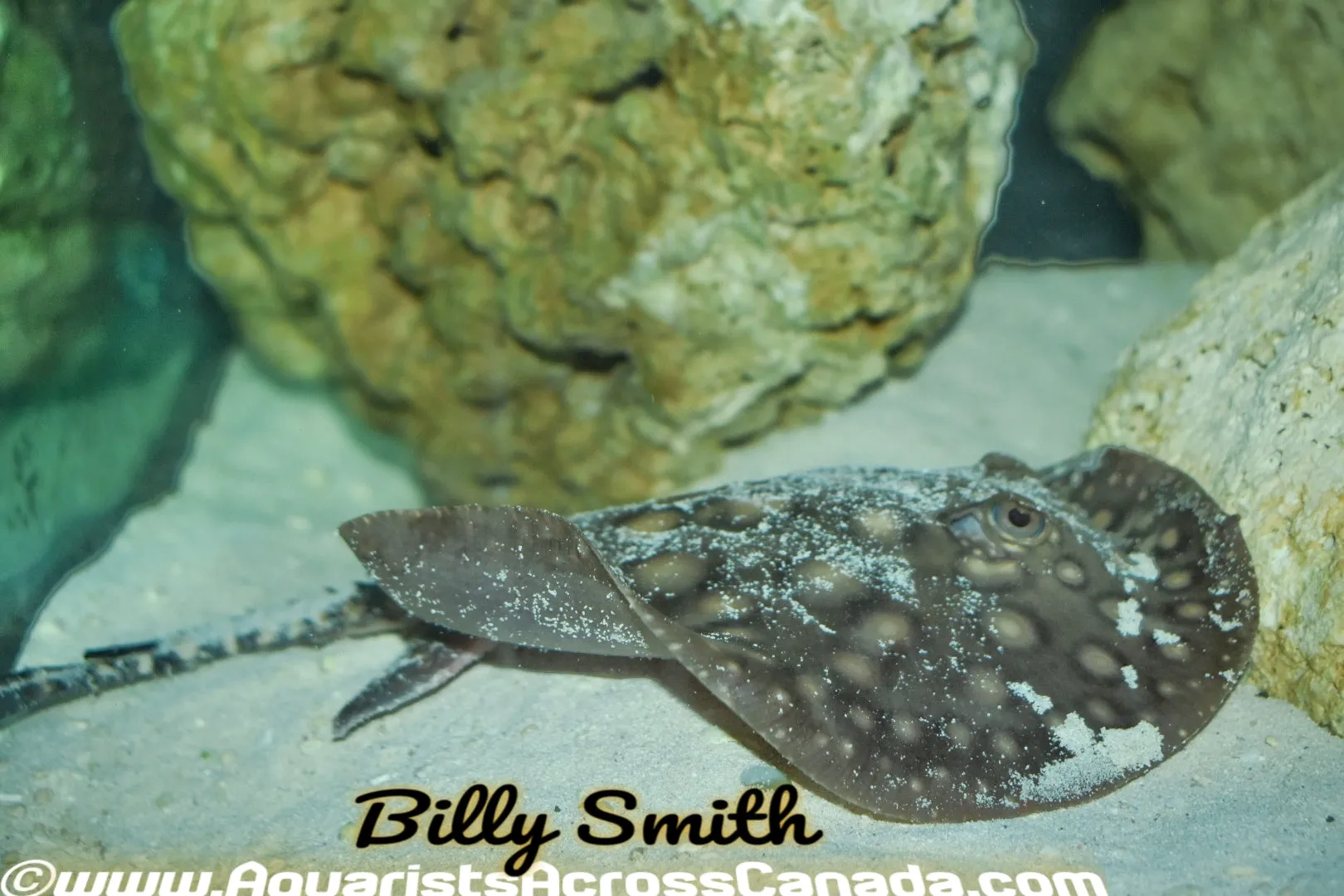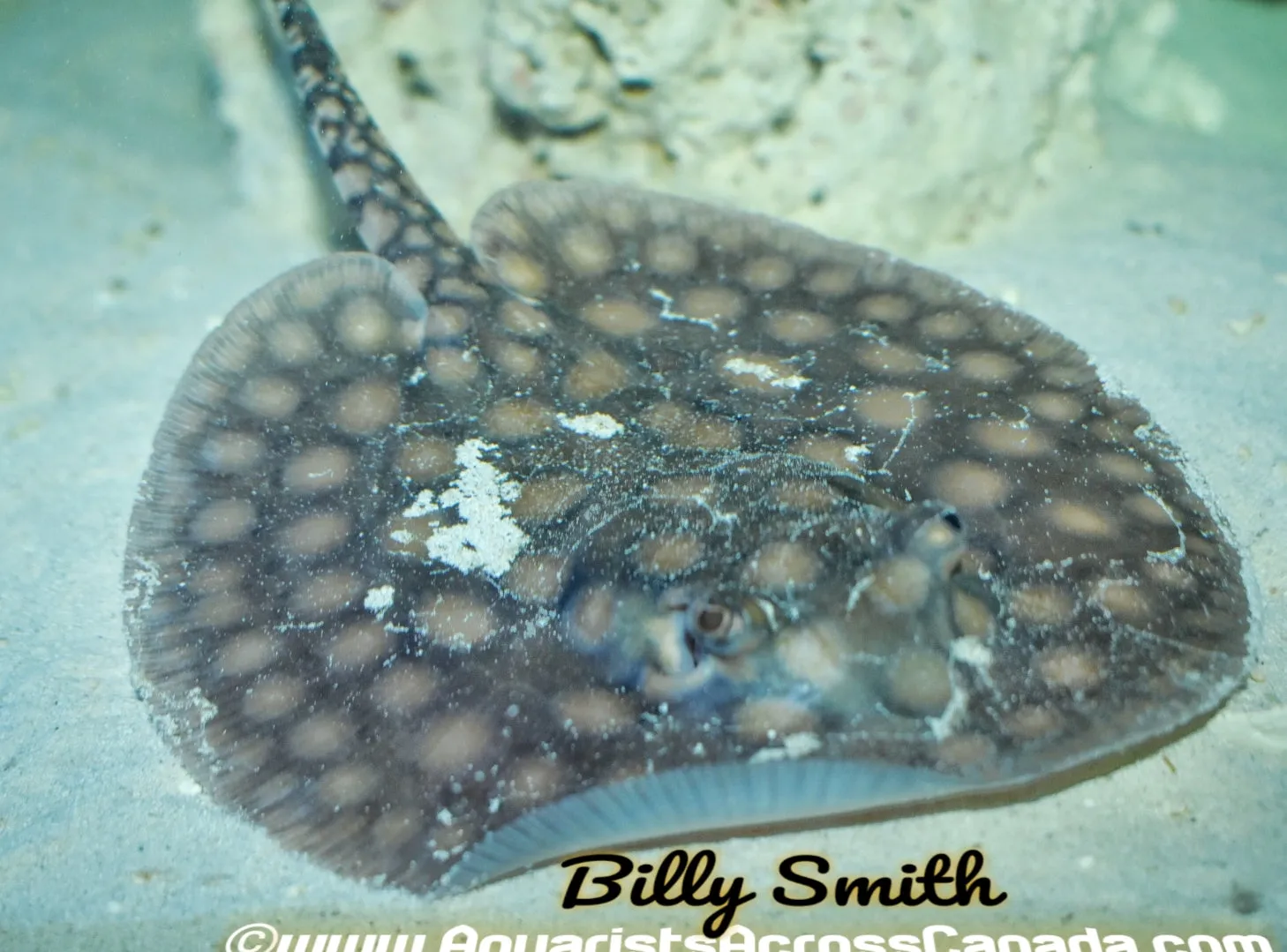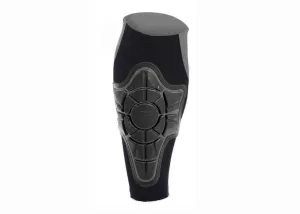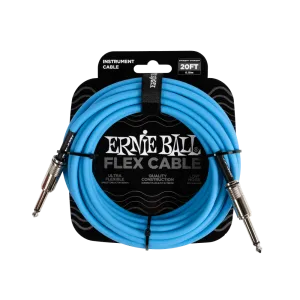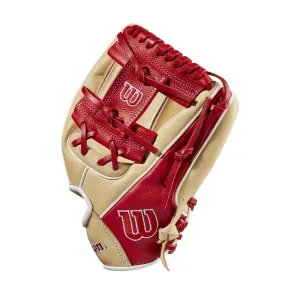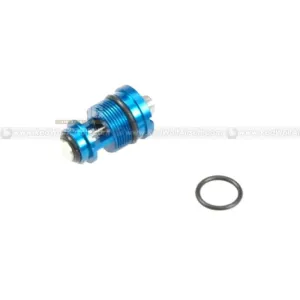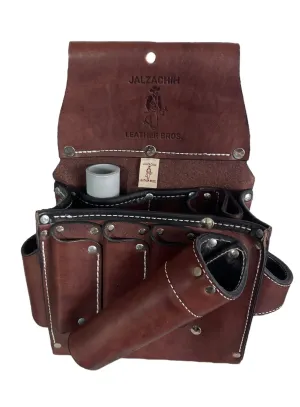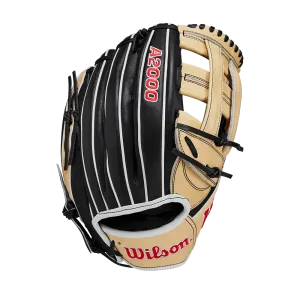Strictly speaking, decor isn’t really necessary in a tank set up to house rays. You can however add some large chunks of bogwood, beech branches or smooth rocks if you wish. Ensure that any such furnishings are too heavy to be moved around or secured to the tank in some way, and that there is as much open swimming space as possible. Dim lighting is preferable, although once settled in most rays will also be active under brighter conditions. Plants that require rooting in the substrate will be eaten, but you could try species that can be attached to items of decor, such as Java fern or Anubias spp. Even these may not survive the rays’ attention though.
Choice of substrate is to a large extent down to personal preference. Some hobbyists use river sand which is an excellent choice, especially for juveniles. It’s arguably the closest representation of what the species encounters in nature. Others use standard aquarium gravel of varying grades. The third possiblity is simply to omit substrate completely. While this certainly allows for easier tank maintenance, it can make the set-up appear a little stark and unnatural. Rays also like to bury themselves in sand when stressed and are usually found in sandy or muddy habitats in nature so to deny them the option of cover seems rather cruel to us.
Filtration is one of the most important aspects of a ray set-up. A large and efficient biological filter is needed to cope with the amounts of biological waste produced by an active, predatory fish of this size. If possible choose a sump–type arrangement, as this allows most of the equipment to be located outside the tank. Not only will maintenance be far simpler but there is less chance of the rays destroying anything or worse, burning themselves by resting on a submerged heaterstat. Alternatively install one or more high qualty external canister filters. Aim to turn over the entire tank volume around four times per hour, and position the outflow from the filter so that there is a bit of a current running down the tank. If this is placed at the surface the resulting agitation will also provide the high oxygenation levels required by rays. If using a sump allowing the water to fall a couple of inches between sections will also oxygenate the water sufficiently.
Rays are among the top predators in the ecosystems they populate in nature and are unsafe to keep with most other species. Conversely they also seem to prefer a quiet life and will often fail to thrive when kept alongside very aggressive or territorial companions. The best tankmates are large enough not to be eaten, peaceful and ideally occupy the upper parts of the tank. Some cichlids, such as Heros or Geophagus species work well, as do many bigger characins and cyprinids. Plenty of enthusiasts keep Asian or South American arowana with their rays, and in a roomy tank this can be a very striking combination. Other suitable options include Cichla or Datnioides spp., and in a tank with a very large footprint other bottom dwellers such as bichirs or Pimelodid catfish (Brachyplatystoma tigrinum is a popular albeit expensive choice). Obviously all these species grow to an impressive size so tank volume should be the primary consideration before any choices are made.
Other commonly chosen ray companions are recommended only reservedly. For example some ray keepers suggest that discus make good tankmates, while others have reported that smaller fish such as these are picked off by their rays at night. Similarly while many of the larger Loricariids would certainly make attractive additions, there are many documented instances of these suckermouth catfish attaching themsleves to the rays’ delicate discs and causing injury. Many are also highly territorial. The common Hypostomus plecs are safe by all accounts, though.
One potential pitfall when keeping more than one species of Potamotrygon together is that most will hybridise freely. Given the potentially precarious conservation status of some species this really should be avoided wherever possible. More recently there has been a somewhat alarming rise in popularity for the so-called “bat” or “batman” rays. These are the result of a genetic defect and have certain parts of the disc missing, usually at the rear edge and the area around the head. When viewed from above these do indeed resemble the sign of the fictional superhero.

